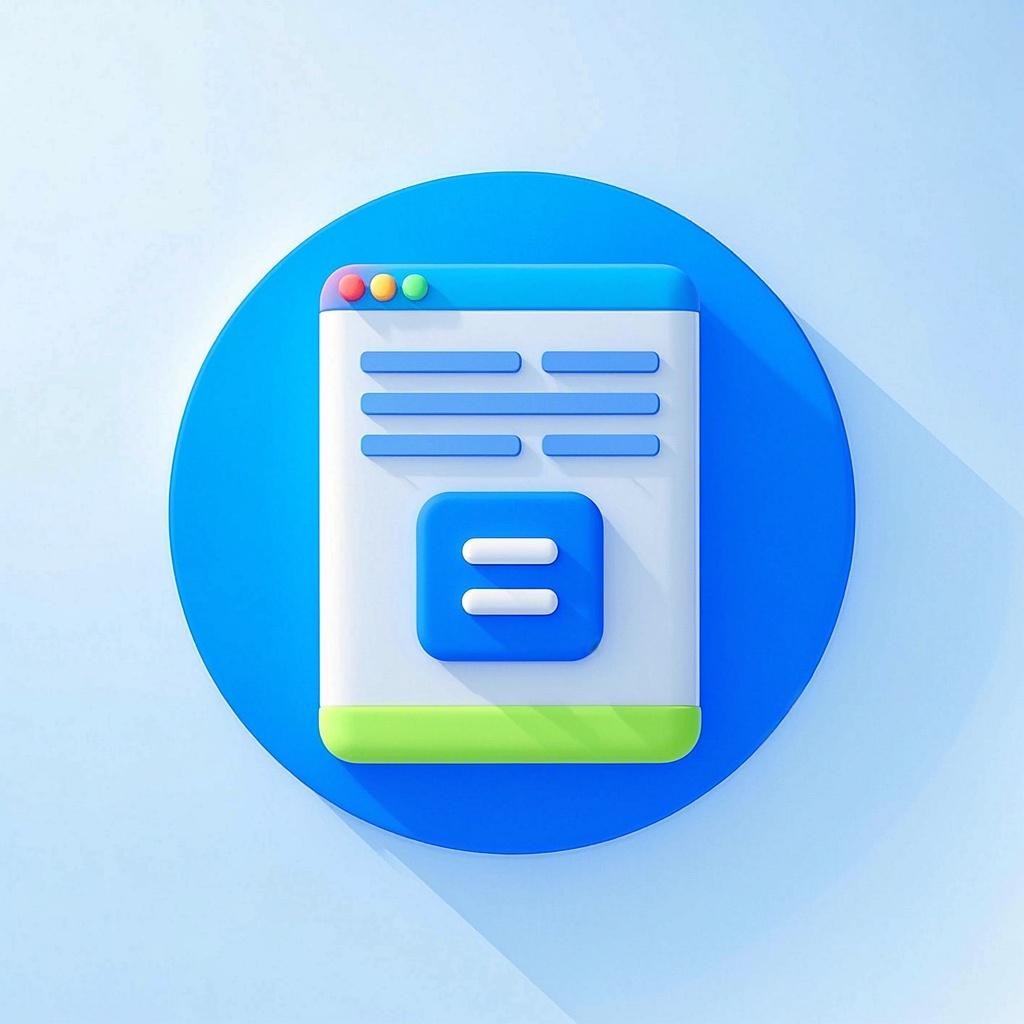引言
随着移动应用的普及,跨平台开发越来越受到开发者的青睐。Flutter作为Google推出的一款UI工具包,以其高性能和丰富的特性,成为了跨平台开发的热门选择。本文将为您详细介绍Flutter框架的入门知识,并通过实战案例帮助您快速搭建跨平台应用,掌握高效开发技巧。
一、Flutter简介
1.1 Flutter的特点
- 高性能:Flutter使用Dart语言编写,在渲染性能上具有天然优势。
- 丰富的组件库:Flutter提供了丰富的组件库,满足不同场景下的UI需求。
- 热重载:支持热重载功能,可以实时查看代码更改效果。
- 跨平台:一次编写,即可在iOS和Android平台上运行。
1.2 Dart语言
Flutter使用Dart语言进行开发,Dart是一种现代的编程语言,具有简洁、高效的特点。
二、Flutter环境搭建
2.1 安装Flutter SDK
- 下载Flutter SDK:Flutter官网
- 解压到本地路径
- 配置环境变量
2.2 安装Android Studio
- 下载Android Studio:Android Studio官网
- 安装Android Studio
- 安装Flutter和Dart插件
2.3 配置Android环境
- 安装Android SDK
- 配置Android模拟器
- 配置Android签名
三、Flutter项目创建
3.1 创建新项目
- 打开Android Studio
- 点击“Start a new Flutter project”
- 输入项目名称、保存路径等信息
- 选择模板
3.2 运行项目
- 点击“Run”按钮
- 选择模拟器或真机运行
四、Flutter基础组件
4.1 文本组件(Text)
Text(
'Hello, Flutter!',
style: TextStyle(
fontSize: 24.0,
color: Colors.blue,
),
)
4.2 按钮(Button)
Button(
onPressed: () {
print('点击按钮');
},
child: Text('点击我'),
)
4.3 列表(List)
ListView.builder(
itemCount: 10,
itemBuilder: (context, index) {
return ListTile(
title: Text('列表项 $index'),
);
},
)
五、Flutter布局
5.1 布局组件(Container)
Container(
width: 100.0,
height: 100.0,
color: Colors.blue,
)
5.2 Flex布局
Row(
mainAxisAlignment: MainAxisAlignment.center,
children: <Widget>[
Icon(Icons.home),
Text('首页'),
],
)
六、Flutter实战案例
6.1 实战案例一:计算器
- 创建一个新的Flutter项目
- 在
lib/main.dart中编写以下代码:
import 'package:flutter/material.dart';
void main() {
runApp(MyApp());
}
class MyApp extends StatelessWidget {
@override
Widget build(BuildContext context) {
return MaterialApp(
title: '计算器',
home: CalculatorPage(),
);
}
}
class CalculatorPage extends StatefulWidget {
@override
_CalculatorPageState createState() => _CalculatorPageState();
}
class _CalculatorPageState extends State<CalculatorPage> {
String _result = '0';
void _onPressed(String value) {
if (value == 'C') {
setState(() {
_result = '0';
});
} else if (value == '=') {
setState(() {
_result = _calculate();
});
} else {
setState(() {
_result += value;
});
}
}
String _calculate() {
double result = double.parse(_result);
return result.toString();
}
@override
Widget build(BuildContext context) {
return Scaffold(
appBar: AppBar(
title: Text('计算器'),
),
body: Column(
children: <Widget>[
Expanded(
child: Container(
padding: EdgeInsets.all(20.0),
child: Text(
_result,
style: TextStyle(
fontSize: 40.0,
color: Colors.black,
),
),
),
),
Expanded(
child: Container(
padding: EdgeInsets.all(10.0),
child: Column(
children: <Widget>[
Row(
children: <Widget>[
Expanded(
child: ElevatedButton(
onPressed: () => _onPressed('1'),
child: Text('1'),
),
),
Expanded(
child: ElevatedButton(
onPressed: () => _onPressed('2'),
child: Text('2'),
),
),
Expanded(
child: ElevatedButton(
onPressed: () => _onPressed('3'),
child: Text('3'),
),
),
],
),
// ... 其他按钮
Row(
children: <Widget>[
Expanded(
child: ElevatedButton(
onPressed: () => _onPressed('C'),
child: Text('C'),
),
),
Expanded(
child: ElevatedButton(
onPressed: () => _onPressed('='),
child: Text('='),
),
),
Expanded(
child: ElevatedButton(
onPressed: () => _onPressed('0'),
child: Text('0'),
),
),
],
),
],
),
),
),
],
),
);
}
}
- 运行项目,即可看到计算器的效果
6.2 实战案例二:天气应用
- 创建一个新的Flutter项目
- 在
lib/main.dart中编写以下代码:
import 'package:flutter/material.dart';
void main() {
runApp(MyApp());
}
class MyApp extends StatelessWidget {
@override
Widget build(BuildContext context) {
return MaterialApp(
title: '天气应用',
home: WeatherPage(),
);
}
}
class WeatherPage extends StatefulWidget {
@override
_WeatherPageState createState() => _WeatherPageState();
}
class _WeatherPageState extends State<WeatherPage> {
String _city = '北京';
String _weather = '晴';
void _onPressed(String city) {
setState(() {
_city = city;
_weather = _getWeather(city);
});
}
String _getWeather(String city) {
// 这里模拟获取天气数据
if (city == '北京') {
return '晴';
} else if (city == '上海') {
return '多云';
} else {
return '未知';
}
}
@override
Widget build(BuildContext context) {
return Scaffold(
appBar: AppBar(
title: Text('天气应用'),
),
body: Center(
child: Column(
mainAxisAlignment: MainAxisAlignment.center,
children: <Widget>[
DropdownButton<String>(
value: _city,
items: [
DropdownMenuItem<String>(
value: '北京',
child: Text('北京'),
),
DropdownMenuItem<String>(
value: '上海',
child: Text('上海'),
),
],
onChanged: (String value) {
_onPressed(value);
},
),
Text(
'天气:$_weather',
style: TextStyle(fontSize: 24.0),
),
],
),
),
);
}
}
- 运行项目,即可看到天气应用的效果
七、总结
通过本文的介绍,相信您已经对Flutter框架有了初步的了解。在实际开发过程中,您可以根据自己的需求,不断学习和实践,掌握更多高级技巧。Flutter作为一款优秀的跨平台开发框架,将为您的移动应用开发带来更多可能性。
